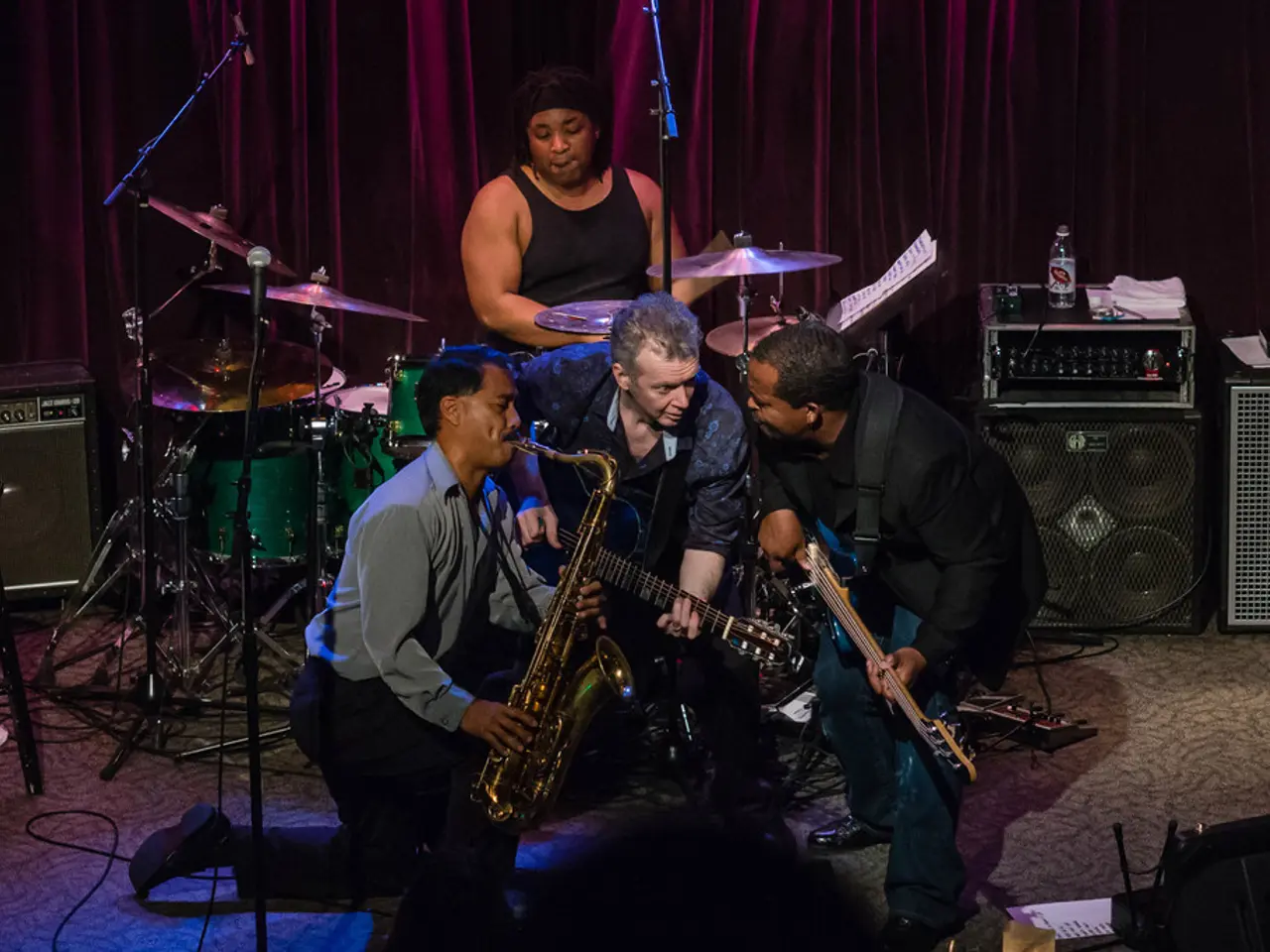The Impact of Reverb on Your Final Mix's Quality
In the realm of music production, reverb plays a crucial role in adding depth, space, and a sense of realism to tracks. This article will provide a comprehensive guide on how to apply and master reverb effectively, transforming flat, lifeless mixes into rich, dynamic, and emotionally engaging pieces.
The Purpose of Reverb
Reverb is the natural echo or reflection of sound as it bounces off surfaces like walls, ceilings, and floors. Its primary function is to add a sense of space and depth, making instruments and vocals sit naturally in a mix within a three-dimensional environment.
Choosing the Right Type of Reverb
The type of reverb you choose depends on the context of your production. Here are some common types:
- Room reverb simulates small studio spaces, great for natural sound.
- Hall reverb fits orchestral or larger, ambient sounds, adding spaciousness without going cathedral-like.
- Chamber reverb works nicely on vocals and orchestral instruments for a smooth, reflective character.
- Spring reverb is iconic on guitar, especially surf-style, but can work on vocals, drums, and synths.
Using Reverb Wisely
Shared Aux/Return Tracks
Using a shared aux/return track for reverb can create a consistent sense of space and continuity across a mix. By blending a common reverb setting at varying levels per track, you simulate that all elements exist together in the same environment, which helps unify the production.
Controlling Depth with Reverb Parameters
Control the depth of your reverb with parameters such as decay time, damping (to brighten or soften the tail), pre-delay (to keep clarity), and early reflections shaping to fit the desired space realistically or creatively.
Applying Reverb Mindfully
Apply reverb with restraint and intention, especially in groove-based or rhythmical music, so reverb supports the rhythm without muddying the groove or clarity.
Convolution Reverbs
Convolution reverbs, like IR-Live, can add realistic space by capturing real-world environments, allowing you to push vocal groups back or bring life to dry guitars while maintaining clarity.
Blending Reverb and Panning Practices
Blending reverb with good panning practices enhances the stereo image—panning manages the horizontal width, while reverb adds vertical depth, creating a full spatial soundscape.
Mastery of Reverb
Mastery involves critical listening, subtle automation, and balancing reverb so that it enhances the mix's emotion and space without overwhelming the source sound or cluttering the mix.
Common Mistakes to Avoid
- Using the wrong reverb type for the sound can negatively impact the mix.
- Not EQing the reverb can lead to low-end rumble and high-frequency harshness.
- Overloading the mix with reverb can make it sound distant, muddy, and washed out.
- Ignoring the groove and timing when using reverb can blur the rhythm of a fast track.
In summary, effective reverb use relies on selecting the appropriate type for the musical context, unifying the mix through shared reverb buses, controlling parameters for clarity and realism, and applying effects mindfully to support rhythm and emotion.
Choosing the right type of reverb, using EQ wisely, blending carefully, and avoiding common mistakes can help transform a flat, lifeless mix into something rich, dynamic, and emotionally engaging.
Lastly, matching reverb length to the track's tempo and energy ensures a natural and appropriate reverb effect. Whether you're producing music in London, LA, Ibiza, or online, mastering reverb is a key skill that will elevate your productions to new heights. Don't forget to register for free courses, exclusive music-making tools, and tutorials to further enhance your skills.
[1] Source 1 [2] Source 2 [3] Source 3 [4] Source 4
Technology in data-and-cloud computing can enable efficient processing and streamlining of music production workflows, making it easier for producers to manage large volumes of audio files, automate tasks, and collaborate with other artists in real-time.
In theurisctic world of music production, data-and-cloud computing technology plays a vital role by providing tools and resources that enable producers to analyze, manipulate, and successfully apply reverb in their tracks, fostering success and creative growth.




